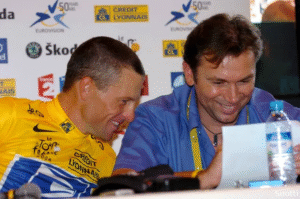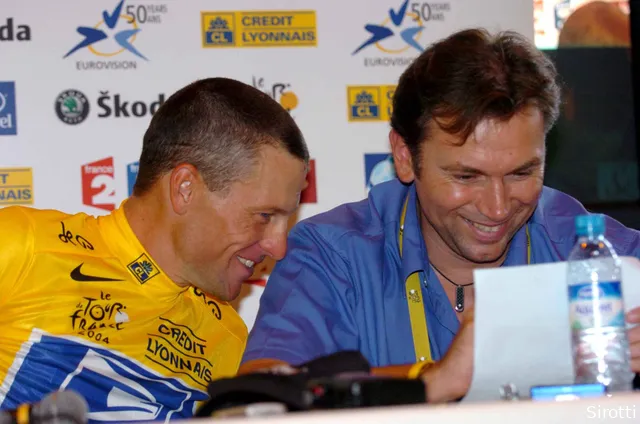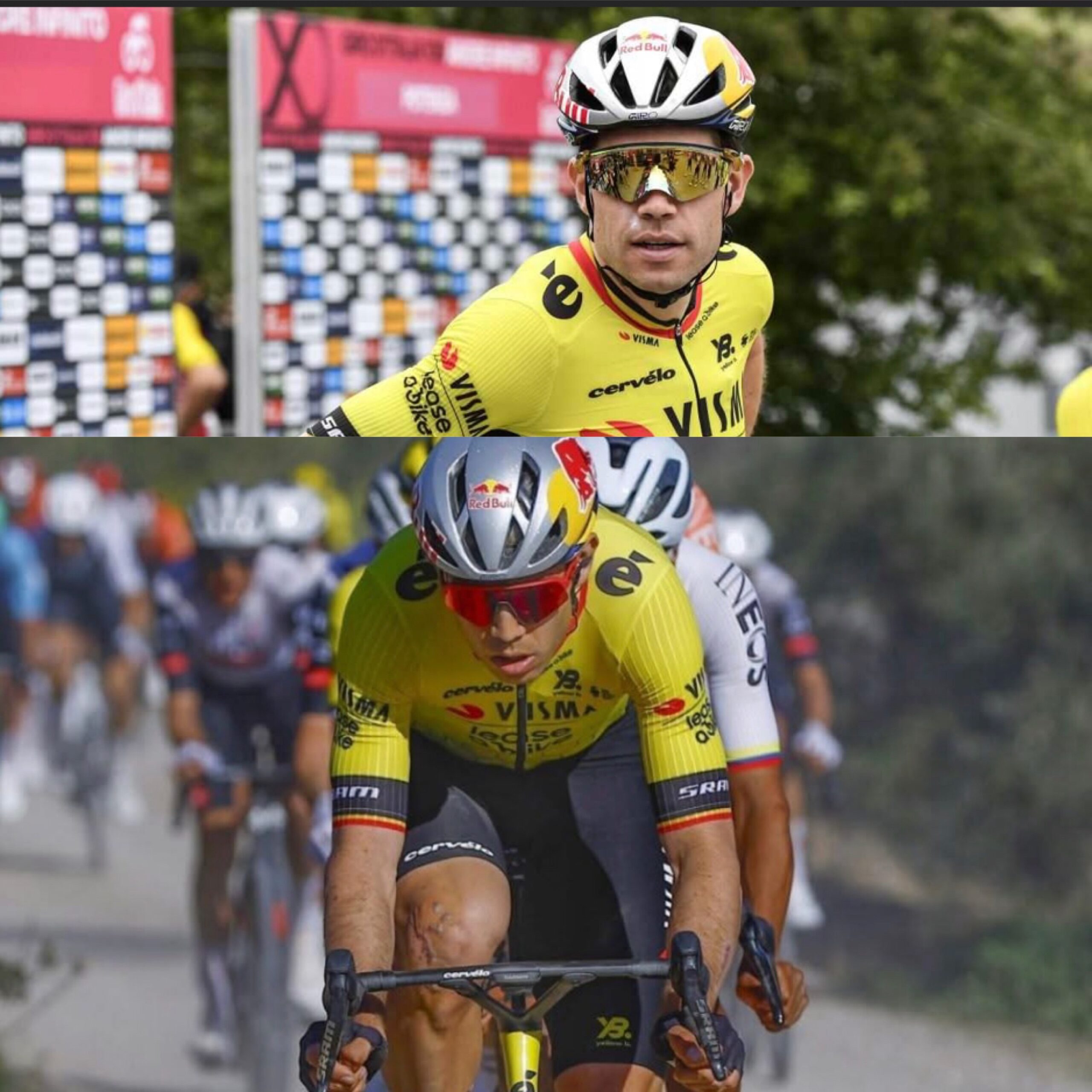**Johan Bruyneel’s former Lance Armstrong teammate Return to the Tour de France After 14 Years: A Reflection on Remorse, Redemption, and the Complex Legacy of Cycling**
The Tour de France, often regarded as the pinnacle of professional cycling, has long been a stage where legends are made, rivalries ignite, and history is written. Over the past two decades, the race has also been marred by doping scandals, legal battles, and questions about the integrity of the sport. Among the prominent figures embroiled in this tumultuous history is Johan Bruyneel, a Belgian-born cycling manager who played a pivotal role in shaping the careers of some of the sport’s most successful — yet controversial — athletes, most notably Lance Armstrong.

In a surprising development, Johan Bruyneel returned to the Tour de France scene after a 14-year absence, eliciting widespread attention and curiosity. His return was accompanied by expressions of remorse and reflection on his past actions, raising questions about redemption, accountability, and the future of professional cycling.
Johan Bruyneel’s career in cycling management began in the late 1980s, but it was in the early 2000s that he truly rose to prominence. As a directeur sportif, Bruyneel was known for his strategic acumen, meticulous planning, and ability to develop young talent. His collaboration with Lance Armstrong from 1999 to 2007 cemented his reputation as a master tactician, leading the U.S. Postal Service team and later Discovery Channel team to multiple Tour de France victories.
Under Bruyneel’s leadership, Armstrong achieved seven consecutive Tour de France wins from 1999 to 2005 (later nullified due to doping revelations), transforming the American cyclist into one of the most decorated and scrutinized athletes in history. Bruyneel’s management style was aggressive, detail-oriented, and often controversial, with critics questioning whether his methods crossed ethical boundaries.
The narrative of Johan Bruyneel’s career is inseparable from the broader doping scandals that engulfed professional cycling in the 2000s and early 2010s. Investigations revealed systematic doping practices within the teams Bruyneel managed, leading to sanctions, legal proceedings, and a tarnished legacy.
In 2012, the United States Anti-Doping Agency (USADA) implicated Bruyneel in the doping conspiracy that involved Lance Armstrong. The agency’s report accused Bruyneel of facilitating doping programs and engaging in a cover-up. Subsequently, Bruyneel faced legal actions in the United States and Belgium, including charges of doping conspiracy, which he denied.
In 2019, Bruyneel was convicted in Belgium for his role in doping activities but was also acquitted of some charges. The legal battles and revelations about systemic doping cast a long shadow over his reputation, leading many to see him as a symbol of a troubled era in cycling.
After years of silence and legal limbo, Johan Bruyneel’s return to the professional cycling scene, especially to the Tour de France, was met with mixed reactions. His re-entry was facilitated by efforts to rebuild trust within the sport and a desire to demonstrate remorse and a commitment to transparency.
The specific circumstances of Bruyneel’s return involved his involvement with new teams and cycling initiatives that aimed to promote clean sport and integrity. His presence at the Tour de France was seen as a testament to his resilience and desire for redemption, but also as a contentious issue given his past associations.
Upon returning to the Tour de France, Johan Bruyneel publicly expressed remorse for his past actions and the role he played in the doping culture that plagued cycling. In interviews, press releases, and public appearances, he acknowledged the harm caused to fans, athletes, and the sport’s reputation.
> “Looking back, I deeply regret the choices I made and the environment that allowed doping to flourish. I understand the pain and disillusionment experienced by those who loved cycling. My hope is to contribute to a more transparent and honest future for the sport.”
Bruyneel emphasized that he had learned from past mistakes and was committed to supporting initiatives aimed at clean racing. He also expressed a desire to help young riders and teams foster a culture of integrity and respect
Bruyneel’s remorse and return highlight broader themes within professional sports: the possibility of redemption, the challenge of accountability, and the ongoing struggle to restore trust. For many fans and critics, his candid acknowledgment of past wrongdoings was a step toward reconciliation, yet skepticism persisted.
Cycling’s history of doping scandals has created a landscape where figures like Bruyneel must navigate the fine line between redemption and reputation rehabilitation. His case exemplifies the difficulties faced by those seeking to make amends and contribute positively to the sport’s evolution.
Johan Bruyneel’s return and expressions of remorse have sparked debates within the cycling community and beyond. Some see his efforts as genuine attempts at redemption, potentially inspiring others to confront their past and advocate for change. Others remain skeptical, viewing his return as a reminder of a deeply flawed era.
The sport has taken steps to improve transparency, enhance anti-doping measures, and promote young talent. Bruyneel’s role in this ongoing process remains complex; while some believe his experience can serve as a cautionary tale and learning point, others question whether his presence undermines efforts to rebuild credibility.
Johan Bruyneel’s journey—from a celebrated team manager and strategist to a controversial figure embroiled in doping scandals, and now to a remorseful participant seeking redemption—mirrors the broader struggles of professional cycling. His return to the Tour de France after 14 years, accompanied by public expressions of remorse, symbolizes both the possibility of change and the enduring challenges of restoring trust in a sport long haunted by its past.



